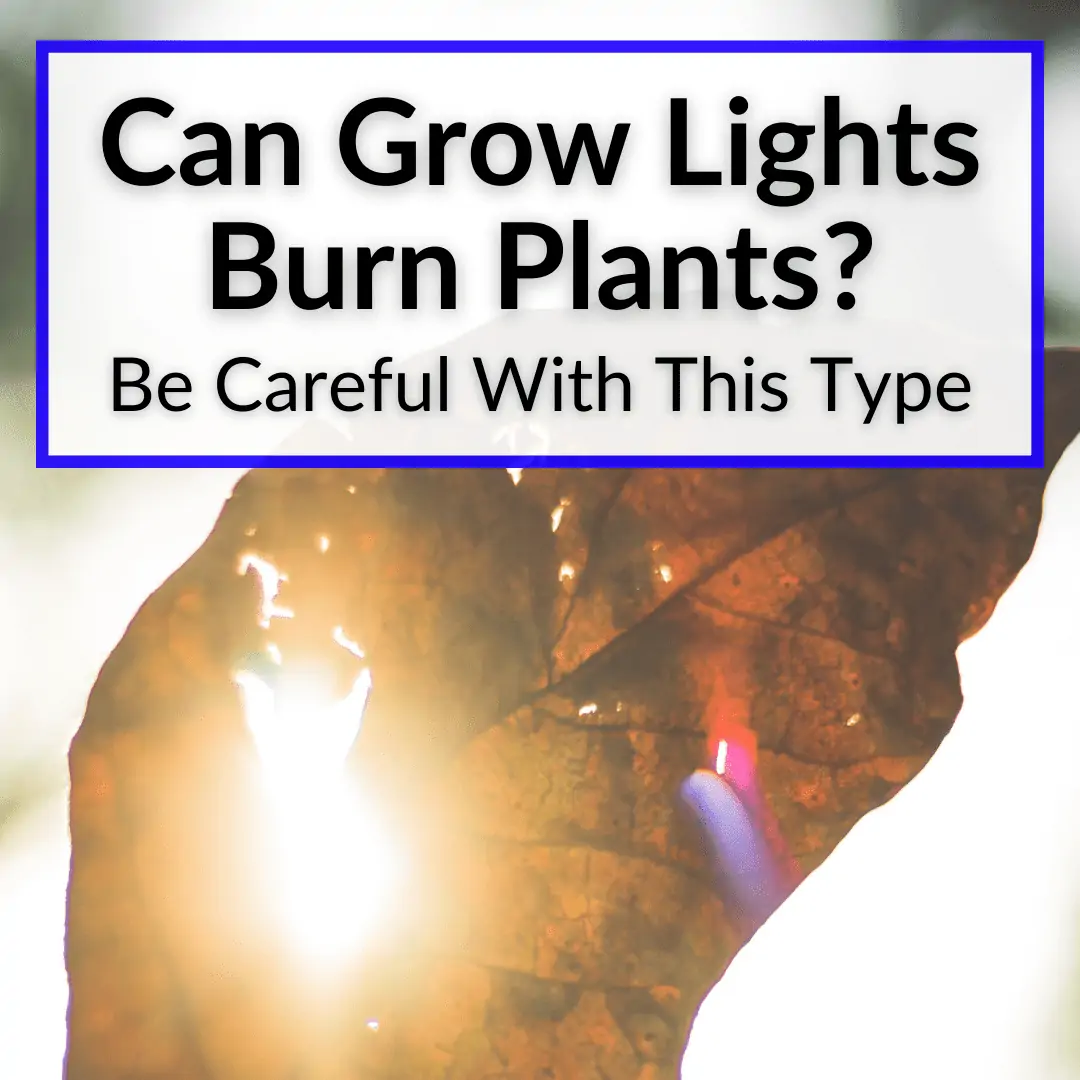 We all know that grow lights generate heat.
We all know that grow lights generate heat.
And we know that too much heat is bad for plants.
But do grow lights actually burn plants physically? Or is it just that too much heat in the grow room prevents plants from flourishing?
It’s both.
If the grow environment is too hot, plants can die. Even without suffering any physical burns.
But some types of grow lights can also cause physical burns to your plants.
Is this something you need to worry about?
Probably less than you think.
Keep reading to learn when and how grow lights can burn plants and what you can do to prevent it. We’ll cover everything you need to know about the subject.
Contents
Can Grow Lights Burn Plants?
Yes, grow lights can burn your plants, but it’s not the light itself that is burning your plant. It is the heat. As such, hotter lights pose a higher danger of burns.
This means that HID lights are most likely to burn your plants and fluorescent light the least. But perhaps the most dangerous are LED grow lights.
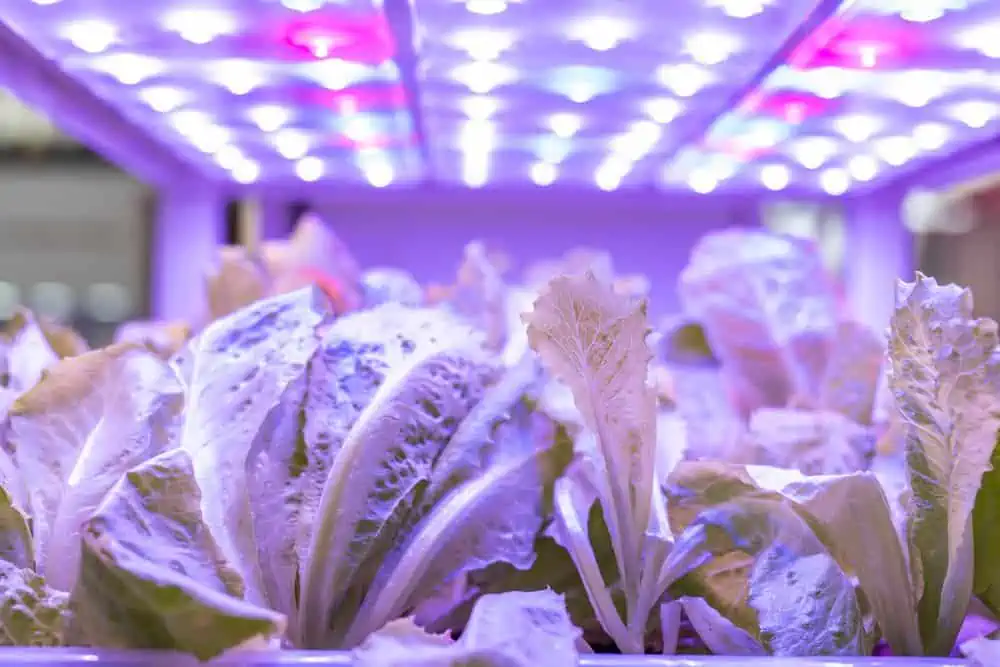
That is because manufacturer claims of “no heat” have lulled some into a false sense of security. Do grow lights produce heat no matter the type then, meaning LEDs as well? We will get into that below.
First, let’s take a closer look at how heat can burn your plants and how real the danger actually is. Because the truth is, as long as you keep an eye on your plants and use some common sense, this is probably not going to be an issue for you.
How Heat Can Burn Marijuana Plants
Intense heat for a prolonged period can cause heat stress for your plants, and even burn them. But not all heat stress causes visible burning, and not all burns occur from heat stress. And plants can recover from heat stress.
For a plant to become burned the heat needs to be well over 90 degrees Fahrenheit and the light bulb or lamp needs to be close enough to the leaf to cause intense heat.
The amount of air circulation in the room also affects whether or not a close proximity light will burn a plant. If a fan is constantly blowing the heat from the bulb away from the plant, it is less likely to cause any burning.
When a plant is exposed to the conditions above, you could see a visible burn mark, or yellowing or browning of the leaf or flower.
However, under normal circumstances in a grow room run by a capable person, the dangerous conditions that cause plant burning will not occur. Grow lights burning cannabis plants does not happen often, but it can and does happen when a grower is careless.
Types Of Lamps That Can Burn Plants
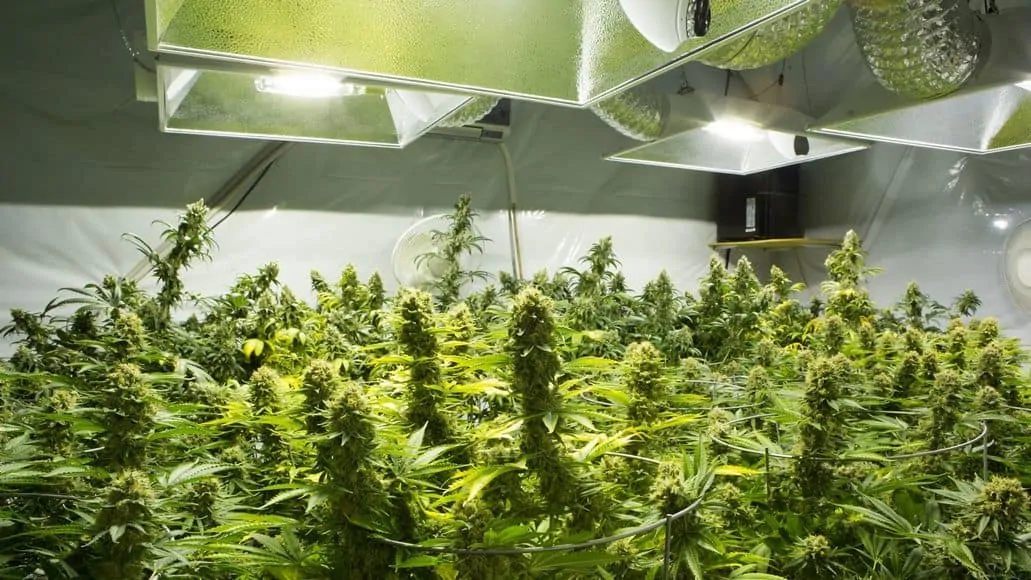
There are several different types of grow lights, using different kinds of lamps (light bulbs). Not all of them are capable of burning your plants, while some can and do burn plants when they are placed too close for too long.
LED
LED lamps emit less heat and a single diode does not get hot enough to burn your plants, even if it were touching the leaves for hours.
That said, large LED grow light fixtures contain so many of these small diodes, that they can easily burn your plants, if they are hanging too close.
The big danger here is that so many manufacturers (and many websites covering grow lights) make it seem like LED grow lights do not emit any heat. That is blatantly false.
LED lights emit less heat than HID, but they still emit heat. And large LED fixtures emit a lot of heat. They can easily burn your plants if they are hanging too close.
Incandescent
This is the traditional light bulb you probably have in most of your fixtures at home. The bulb uses a filament that gets excited by the electricity from the socket, and it burns quite hot. An incandescent bulb is capable of burning your plants and will do so quite easily if you get it too close for too long.
Fluorescent
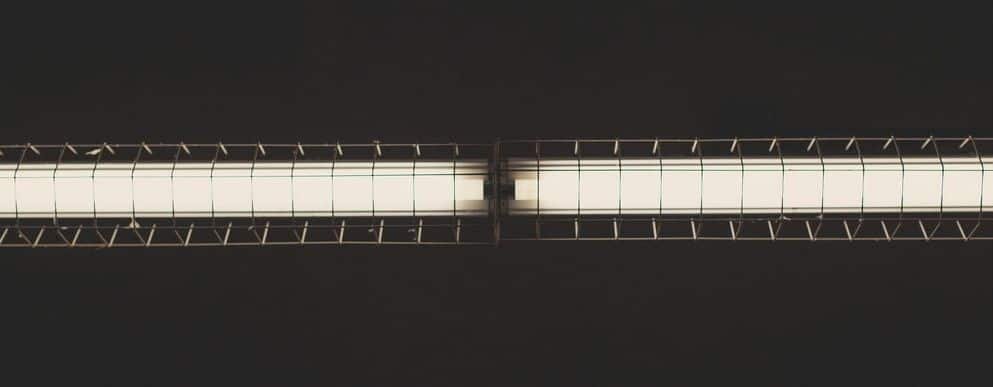
Fluorescent and compact fluorescent lamps also burn cool and are unlikely to burn your plants even if they contact the light source for a while. Fluorescent lamps are one of the most popular light sources for small growers because of the low cost of operation and safety to plants.
HID
HID lamps can get up to 160 degrees and will definitely burn your plants if they get too close for too long.
Heat Stress
We need to mention that burning your plants is not the only danger of letting your growing room get too hot. Heat stress is a serious problem for many marijuana growers who use industrial commercial light fixtures that emit lots of heat.
Your plant sweats when it gets too hot. And if the environment is too hot, it will evaporate the moisture your plant is excreting to stay cool. When your plants become too hot and are under heat stress, they lose moisture and become wilted, and may never recover to their former health status.
Burning your plant is less common than heat stressing them, but burning gets more attention, because it is visibly more noticeable.
Heat stress is a much more common problem which is why we thought it was important to bring it up. This article talks about cannabis leaves curling up, which is an early symptom of heat stress.
Difference Between Light And Heat
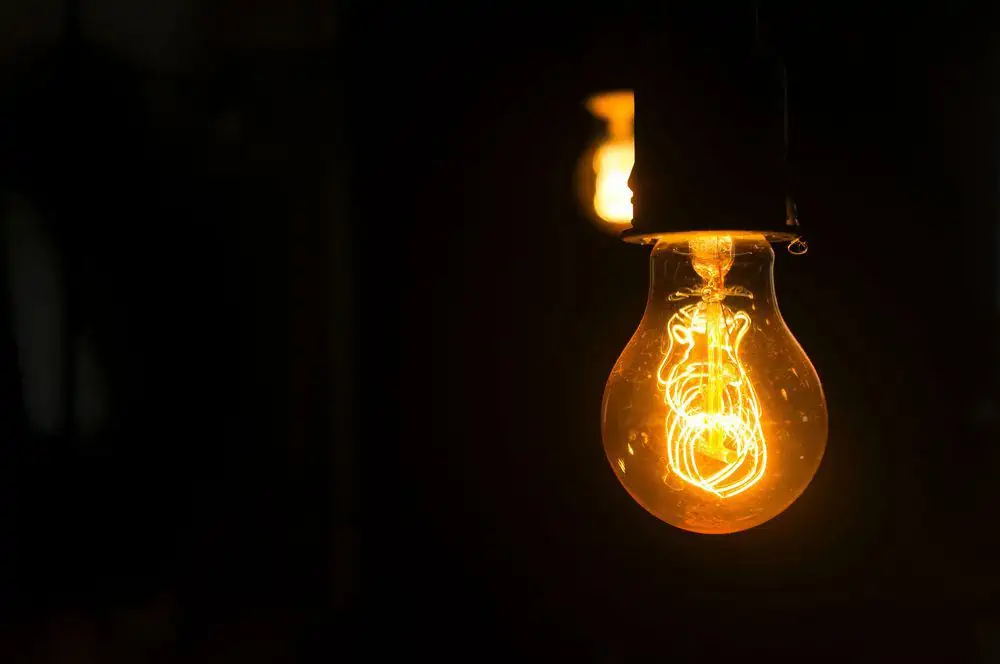
To get a better understanding of how and why grow lights can burn plants, we need to understand the difference between light and heat.
Light
Light is what your plants need to survive. They use light to trigger photosynthesis which gives them nourishment and allows them to grow and be happy, healthy plants.
Light can’t hurt your plants in the same way that heat can, though it can be confusing, because both light and heat come from a grow light. Without light, your plants can die, but they can live without heat (not freezing, but they can survive with no dedicated heat lamps).
Heat
Heat is the byproduct of light. It can help to keep your grow room or grow environment at the ideal temperature. However, it is easy for heat to become out of control in a room with several lamps all going at once. Some heat is a good thing and can even help your plants become healthier.
The ideal temperature for a grow room varies throughout the grow, but for the sake of this discussion, let’s say it is between 75-85 degrees Fahrenheit.
This is not that hot if you consider most sizeable grow rooms have more than a dozen lamps, all of which are creating heat. The trick to avoid heat stressing your plants is to have fresh air coming in and hot air blowing out, by means of a ventilation system.
How To Avoid Burning Your Cannabis Plants
As mentioned, grow lights burning plants is not as common an issue as you have probably been lead to believe. But it can happen if you are not careful. Here are measures you can take to ensure it does not happen to your precious plants.
Choose Cool Burning Lamps
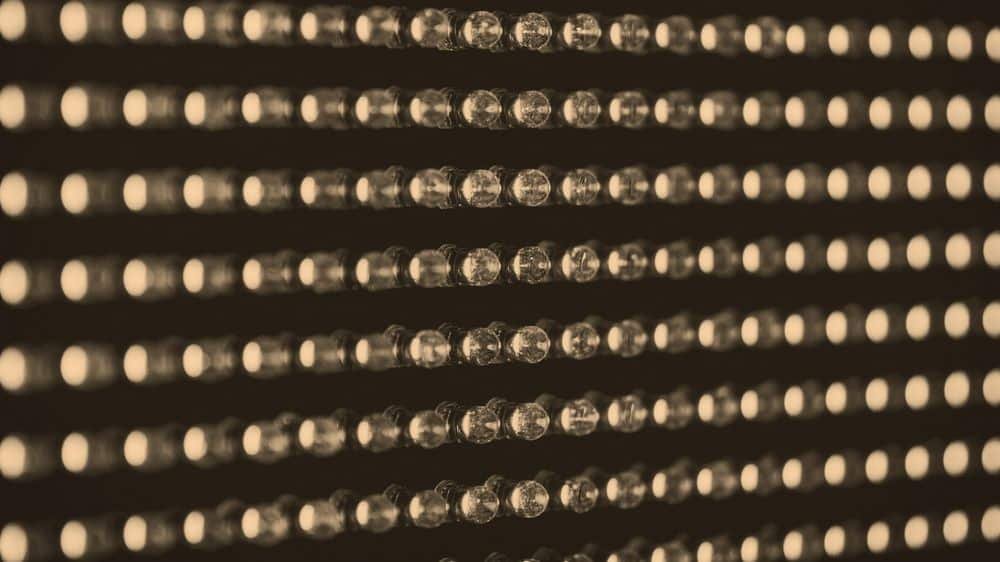
First, if you can avoid using HID lights, do so. Honestly, these days CMH is the only HID light to even consider and the best LED grow lights (see reviews here) outperform even CMH lights (read all about CMH light).
In other words, there is no reason to go with HID. For a small grow, you can use fluorescent lights. With those (in a small grow) there is no danger of burning your plants.
With LED grow lights, the danger is also fairly low. But it is not zero. A powerful LED grow light can easily burn your plants if it is hanging too close. Don’t get lured into a false sense of security by manufacturers boasting their lights don’t emit heat.
Hang Your Lights High Enough Above The Plants
Keep your heat sources a safe distance away from your plants. As mentioned, even if you are using cooler burning LED lamps, you should still keep them a good distance away from the plants.
Follow the manufacturer’s suggestions for hanging height to begin with and keep an eye on your plants from there. Monitor and adjust. We also have an article on how high to hang your grow lights.
If you are using hot lamps like HPS or MH, keep them at least 12 inches away from your plants. Probably more.
We always recommend adjustable ratchet hangers when hanging your grow lights in a grow tent. That way you can easily adjust the height of your lights as your plants grow taller.
During germination, you can make an exception because you want the extra heat to help your seed become a seedling. Heat and proximity can be a benefit in this stage, but this also assumes a weaker light source (which is what you should be using for germination).
Once you have a seedling, it is time to back off the light source, so you don’t burn the tender leaves. This is the reason most growers opt for fluorescent lights, or weaker LED lights, for seedlings.
Automate
Get light timers and temperature sensors hooked up to your system so that the light will automatically dim or turn when you want them to, and your A/C can kick on when the temp goes over your set threshold.
Another option for those in hot climates is to run your grow lights at night, instead of during the day. For most, the best time to run grow lights is the daytime, but that is not always the case. Running them at night can make cooling easier.
If you use some basic automation and follow some common sense practices you should not have to worry about burned plants, or heat-stressed plants either. The key is to always keep an eye on your plants, so that you notice any issues promptly and can take steps to fix them.
Grow Lights Can burn Plants: Final Thoughts
While the light itself does not burn the plants, the heat emitted from grow lights does. This is primarily an issue if you are using HID lights, since they emit insane amounts of heat.
However, you also need to be careful with LED grow lights. Since there is so much material out there making it sound like they emit no heat, many beginning growers might not realize that they do emit heat.
In fact, they emit quite a bit of heat. Just not nearly as much as HID lights. As a result, LED lights can still burn your plants, if they hang too close. That said, it is not as likely and easy to avoid, if you keep an eye on your plants and make sure there is always sufficient distance between the canopy and the lights.
Leave a Reply